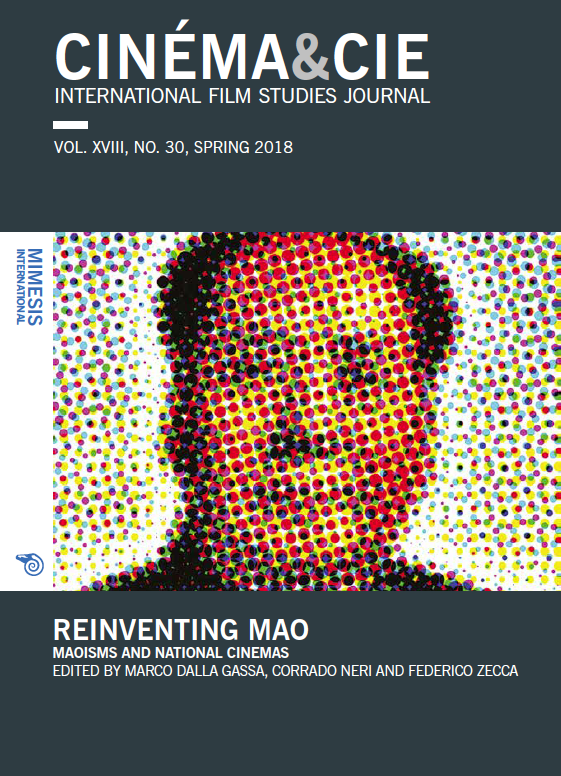The Spring Thunder. Revisiting the Naxal Movement in Indian Cinema
Abstract
This article investigates why and how the Naxal movement, a Marxist-Leninist- Maoist armed revolutionary movement which emerged in May 1967 in India, has been repeatedly addressed, adapted, and accommodated in Indian cinema. As an organized political movement with speci c manifesto and vision of the nature of the state, the Naxal movement attempted to disrupt and dismantle the quasi- feudal Indian social structure and an oppressive Indian state that functioned still under colonial administrative regulation, as caretaker of interests of the powerful classes. In this article, I argue that the Naxal movement helped Indian cinema to map out the history and internal architecture of political dissent in post- independence India and construct a counter-nationalist discourse. The paper aims to evaluate how the Naxal Movement serves as a resource to represent the politics of dissent in India in the 1970s in parallel cinema and as a critique of the neo-liberal policies of the Indian State in the postmillennial Bollywood lms. It aims to analyse selected lms that deal with the Naxal/Maoist movements in India as a counter historiography.






